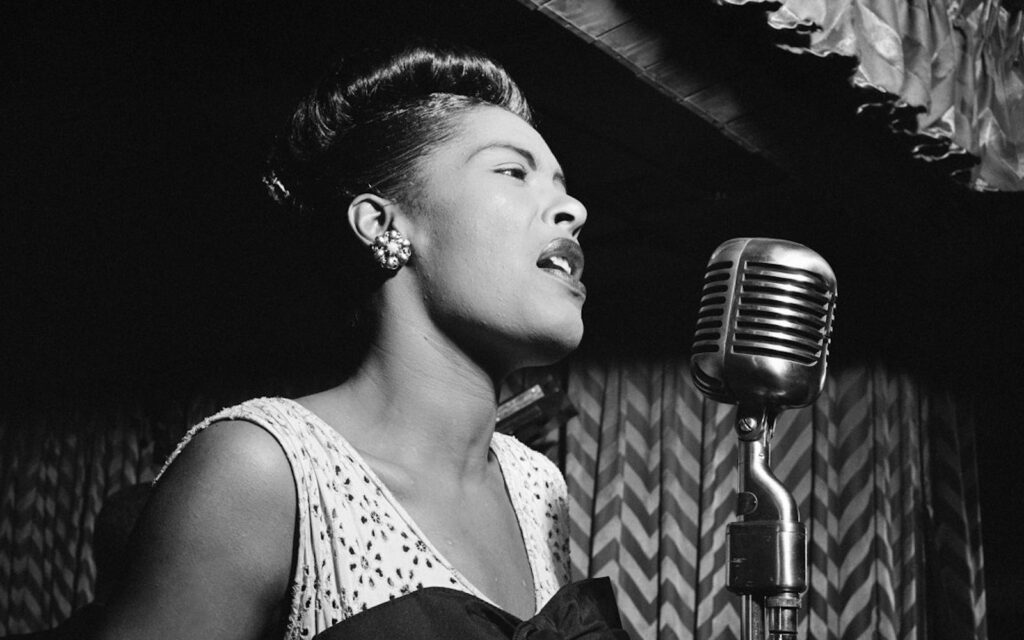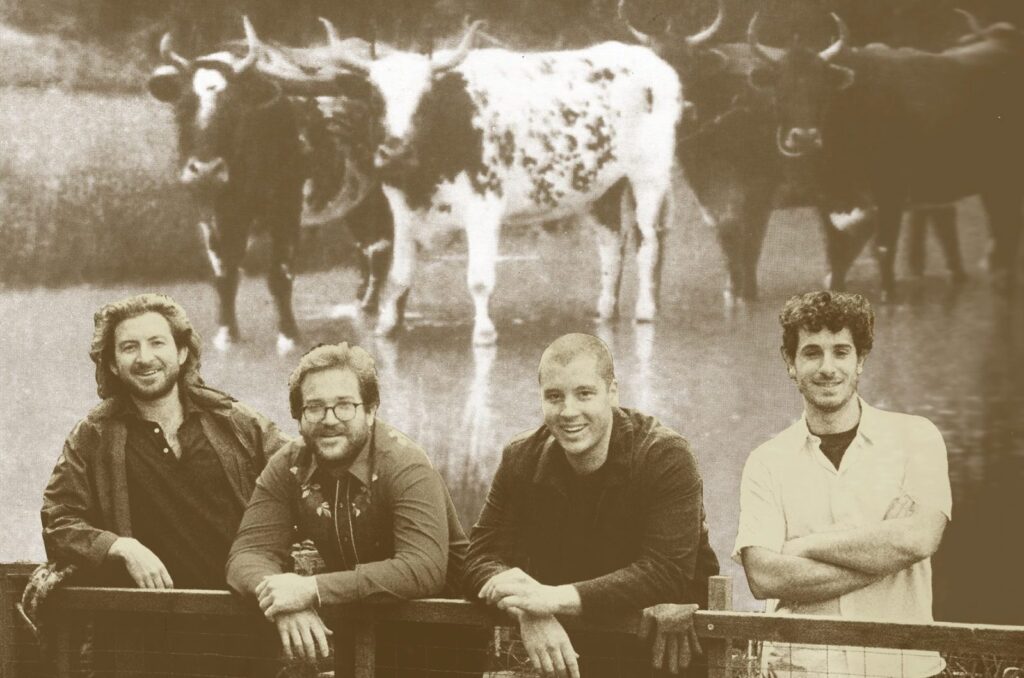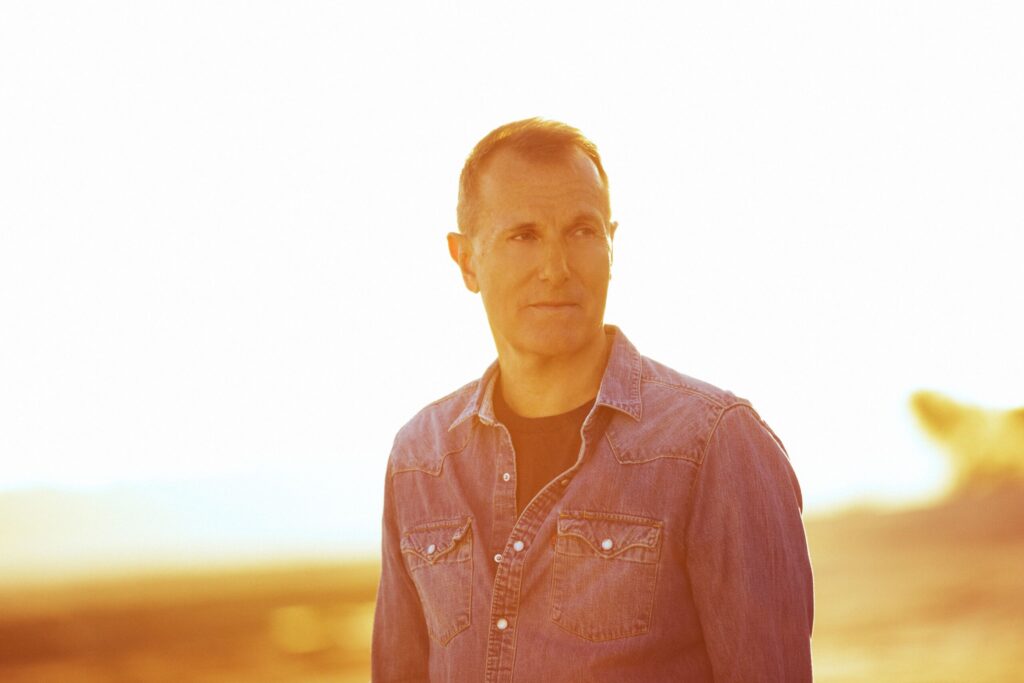Although it would be impossible to cram a complete overview of Frank’s music into a single night – after all, he released more than 60 albums – Dweezil and co. give it a fairly good shot. “The thing is, there’s so much to choose from,” he says. “I definitely will be looking at what we played last time to make sure we give everybody a completely different show. But what I think my main focus is for this year, and certainly Australia is really early in the year for us so you guys are getting a look at it before anybody, really – is the depth and variety of Frank’s music across multiple decades.” The band’s list of songs on call includes well-known early material from the likes of the ’60s classic albums Freak Out and We’re Only In It For The Money all the way through to later material from 88’s Broadway The Hard Way, and various key points in between. You might even hear the rarely performed Debra Cadaver from Bongo Fury, and an even rarer track, Wedding Dress/Handsome Cabin Boy. “Every time we do that song, I’ve asked the audience how many people are familiar with this song,” Dweezil says. “There are literally two to four people who raise their hand! So the thing about stuff like that is, the good news is you get a chance to hear it in a live situation and have it make an impact – and it is a really cool little song with a sea shanty thrown into the middle of it – but the overall message, what I really want to do, is to give people a very diverse assortment of stuff that texturally changes and represents the decades pretty specifically. So when we play a song from the ’60s it really sounds like a song from the ’60s. The production details are as important as the rhythms and notes of the songs themselves, and that’s really the character of the songs. That’s been an interesting challenge.”
The band goes to great pains to recreate the sonic textures of the various eras of Zappa. A typical ZPZ gig might require vintage lo-fi ’60s garage sounds, ’50s doo wop vocal textures, New York disco, ’70s progressive rock and ’80s radio pop. “We do everything we can to try to recreate that stuff. Where I may differ slightly on the timbre of the instruments is when stuff in some of the ’80s things sounds like a factory preset from like a Yamaha DX7 or something. It was new at the time, but it has a very dated sound later on. So sometimes when there’s material that has some of those kinds of sounds, I try to gravitate to something that’s a little more traditional or authentic to a piano sound or something else. Because in those kinds of situations it has more of an overall organic feel to it.” The band has even been playing Any Kind Of Pain, perhaps the greatest parody of those beauty pageant tribute songs ever committed to vinyl.
When Dweezil first embarked upon Zappa Plays Zappa, he was primarily known as a kickass Van Halen-influenced hard rock guitarist, whose progressive rock band Z released two wildly creative albums called Shampoohorn and Music For Pets in the early ’90s, right as grunge tore rock apart. Dweezil always had amazing technique, but playing Frank’s composed parts was a far more demanding challenge even for the technically gifted guitarist. In 2004, two years before ZPZ ever set foot on a stage, Dweezil reconstructed his technique from the ground up so he could play not just Frank’s idiosyncratic lead guitar lines but also ‘impossible guitar parts’ written for the likes of Vai and Keneally, as well as intricate passages written for marimba and even songs like G Spot Tornado, which was written and performed on the Synclavier, an early digital synthesiser and sampler. Now with almost a decade of intense Zappa under his fingers, Dweezil is looking to incorporate other textures into his style. “One of the things that’s been cool lately is that some of the things I’ve always admired in other players, like Allan Holdsworth, for instance – he has these fluid runs, this kind of tension and release around what he’s doing. And Frank built his own tension and release in a way that was even more angular than Allan Holdsworth. And as I grow as a guitarist some of the influences I’ve always had have a chance to be expressed more specifically. We recently did a couple of shows where Allan Holdsworth sat in, and it was fun to play off of him and to pick up on the idioms he was using, and to say “I can use some of this musical language to have this conversation, but I’ll also say my own thing with it.”
BY PETER HODGSON







